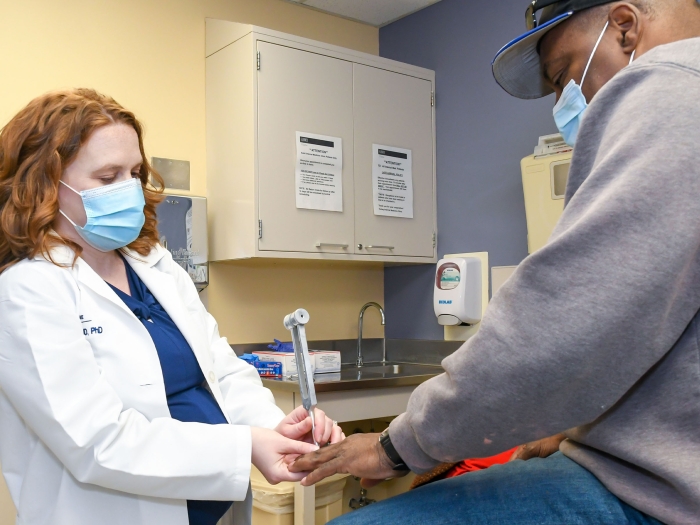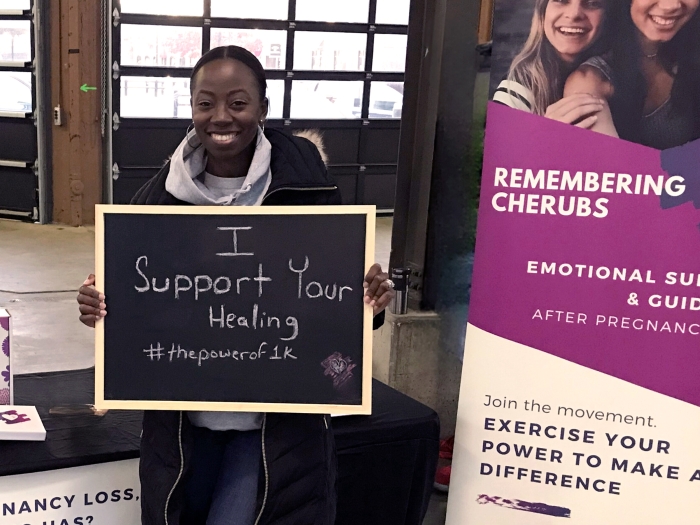It may feel as if the questionnaires from your doctor’s office are a waste of time, but they actually serve a more important role in your health care than you think
Author |

When seeing a specialist, you’re typically asked to fill out a survey that discusses your experiences with procedures, treatments or symptoms.
While it’s easy to overlook these as just another questionnaire, that paperwork actually serves a vital role in better understanding how to treat you.
Called patient reported outcomes, this information gives medical specialists insight into how treatments truly impact you as a patient.
The surveys usually ask you to report how you’re personally feeling about the treatments you’ve received, procedures you’ve had or about any current pain and discomfort you may be experiencing.
By filling it out, your providers get a clearer understanding of how these elements are impacting you on a personal and daily level.
“As doctors, we can look at the results of a procedure or a treatment and see that they are technically successful,” said Brian Hallstrom, M.D., an associate professor of orthopedic surgery at University of Michigan Health.
“But what we can’t directly see is how the patient is feeling about the way a procedure, treatment or symptoms is impacting them. Only patients know what they are feeling at any given moment, and we need the patient to share these experiences to make sure we are caring for them the best way we can.”
By conducting surveys of patient reported outcomes, your doctor can compare your experiences over time or between other patients.
Patient reported outcome questions are grouped together in Patient Reported Outcome Measures, or PROMs.
PROMs are measurements based on a collection of patient reported outcomes that produce a score or number to help both patients and medical professionals see how the patient is progressing in relation to the most common patient experience.
“If a patient is having a specific complaint after a procedure or treatment, their provider can look at the patient reported outcome measures to see their progress over time or in relation to other similar patients,” said Hallstrom.
“If their progress on the patient reported outcome measures seems to be similar to others, this could signify that they are on the right track and there is little to be concerned about. If they are not progressing, the patient reported outcome measures can help direct providers to follow the patient more closely.”
Use in the clinic
In the clinic setting, patient reported outcomes and patient reported outcome measures scores are used to help determine when more intense treatment is needed.
Patient reported outcome measures can show providers the most common responses to certain treatments at different patient stages, helping the provider and the patient make an informed choice of what type of treatment is best to pursue and when.
“Patient reported outcomes create an opportunity for the patient and their provider to come to a clearer understanding about which treatments will be most beneficial for a patient,” said Hallstrom.
“For example, if a patient is considering surgery such as knee replacement and has higher function or less pain than most patients having that procedure it allows the patient and surgeon to discuss expectations and make a good decision for that patient.”
An honest review
When it comes to patient reported outcomes and patient reported outcome measures, your honesty is a vital part of making the system work.
Patients who are open about their experiences receive better care and have more candid conversations with their provider about what type of approach is best for them.
It also may help other patients with similar health complications in the long run.
“When we have clear data from patients about the experiences they have before, during, and after treatment we can use this to better understand the treatment as a whole for that patient and others in the future,” said Hallstrom.
“By completing a patient reported outcome survey from your provider, you can help your physician provide the best care and help yourself understand your likelihood of success and your progress over time.”

Explore a variety of healthcare news & stories by visiting the Health Lab home page for more articles.

Department of Communication at Michigan Medicine
Want top health & research news weekly? Sign up for Health Lab’s newsletters today!





